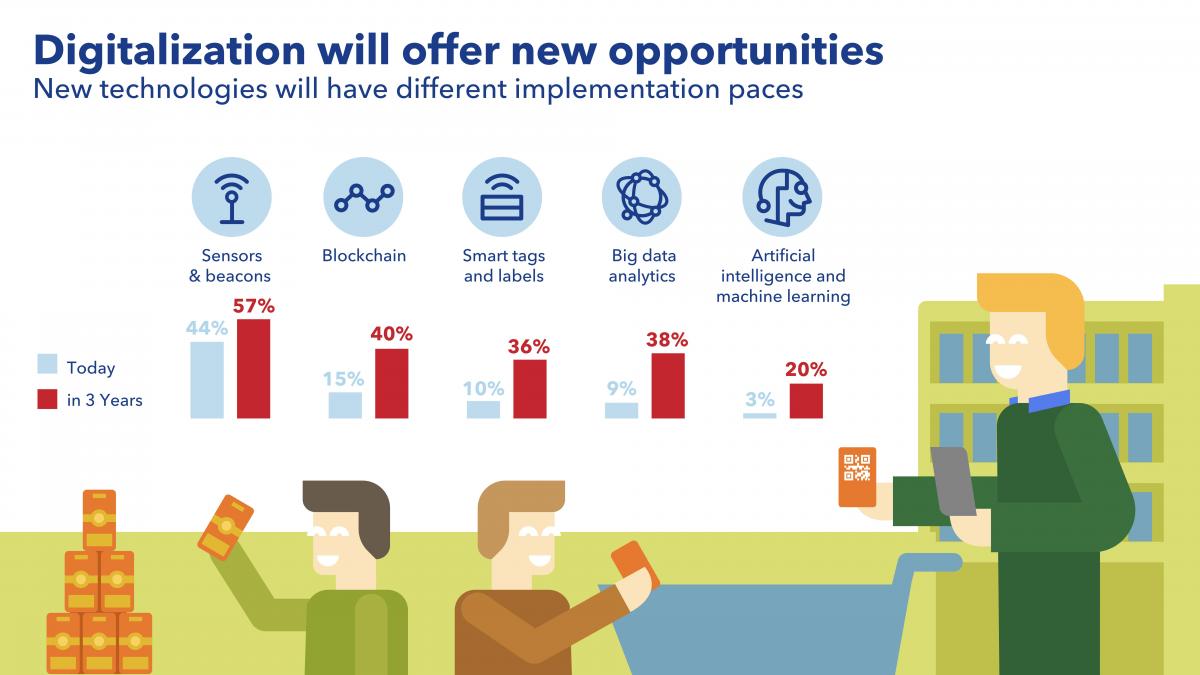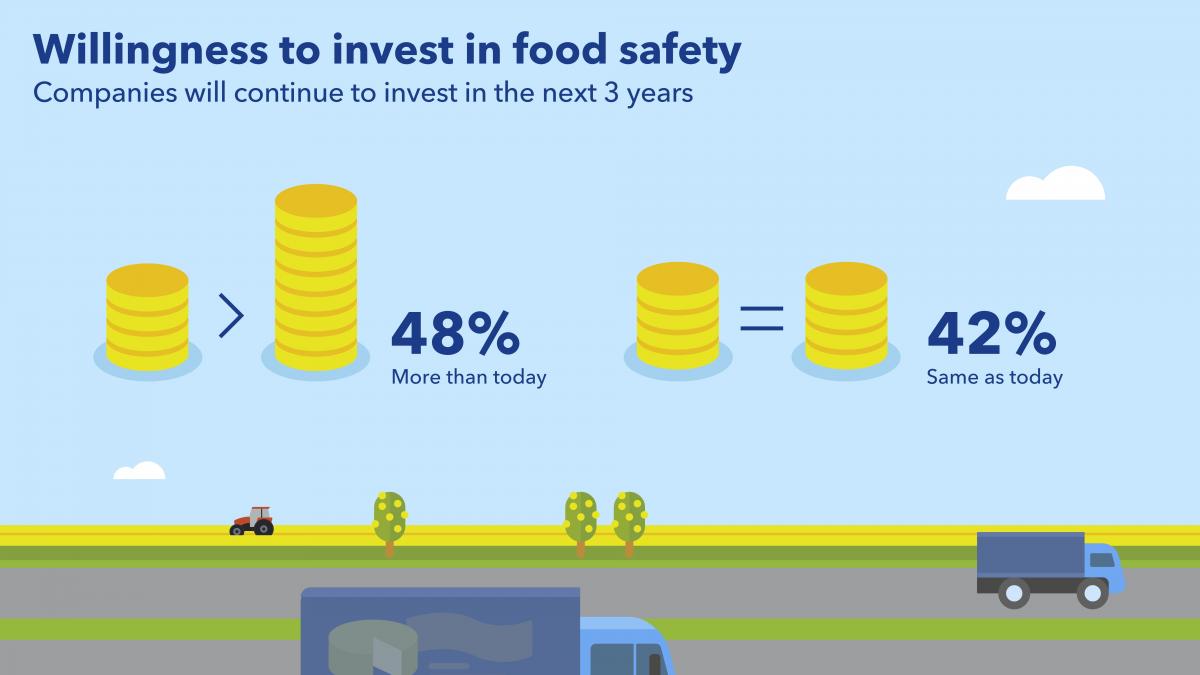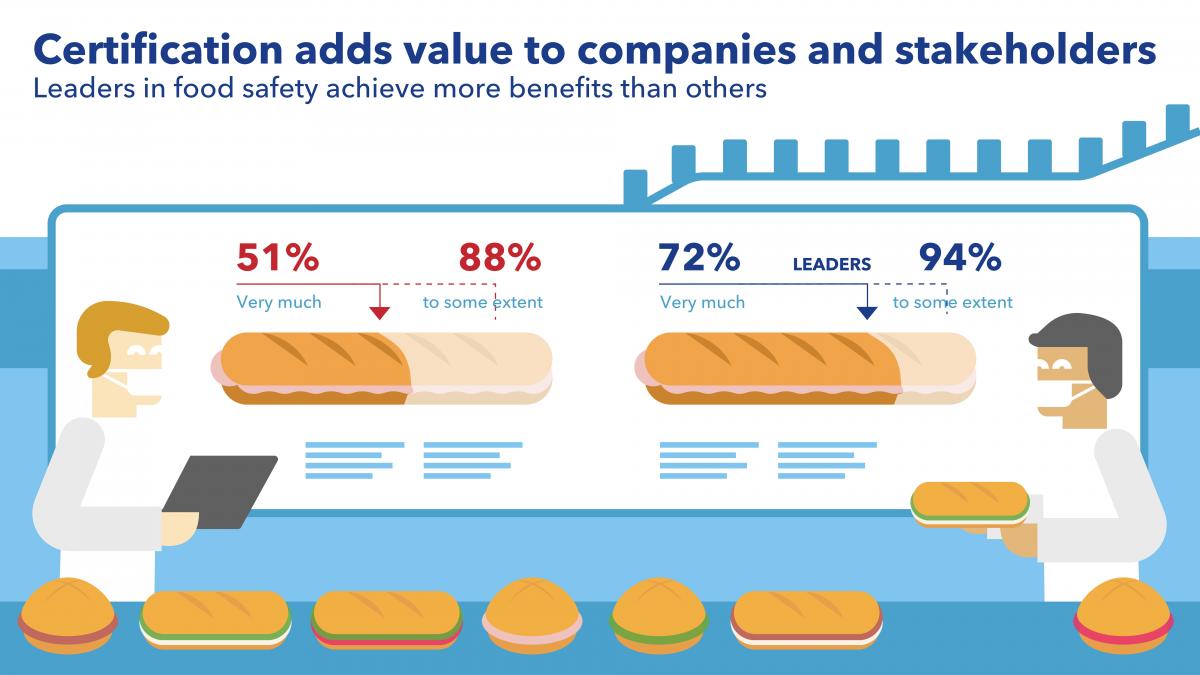A NEW survey released by certification body DNV GL and the Global Food Safety Initiative shows that F&B companies are familiar with the importance of digital technologies related to food safety, but they have limited understanding of how to apply these solutions. The survey of over 1,600 industry experts also shows that only one in ten companies is now using new technology to enhance food safety.
Most used digital technologies
Currently sensors and beacons (44% today, 56% in three years) are the most widely used technological solution. They are followed by blockchain (15% today, 40% in three years).

Based on survey responses, companies are slow to invest in digital solutions due to the lack of clarity. More than a quarter do not know how much they will be investing in the next 12 to 18 months, and some 14% said they are not investing in digital solutions. Seeing the value of blockchain, about 57% of respondents from Asia expect to use this technology in the next three years, which is higher than other regions.
“Digital technologies such as blockchain will transform many industries, especially those in the retail sector, but this survey indicates that to many food and beverage companies these technologies have yet to transition from buzzwords to real applications,” said Luca Crisciotti, CEO – Business Assurance, DNV GL. “At DNV GL we introduced blockchain to raise transparency in the certification process and to help brands bridge the trust gap between their efforts and consumers’ concerns, but it is clear we must work together as an industry to fully utilize the potential of new digital technologies to improve food safety.”

Drivers of food safety
Respondents were also asked about other areas of food safety. Safeguarding the health of consumers (88%) was shown to be the main driver of food safety, followed by laws and regulation (69%) and needs/requests from customers (60%). Commercial benefits (30%) rank low, indicating that ensuring food safety is seen as a prerequisite.

Operational risk (76%), such as contamination, is perceived to be the standout threat whilst a lack of food safety culture (30%) and compliance to regulations (28%) are the next two biggest risks. The fear of operational risks is especially strong in Europe (82%) compared to other regions.

A clear majority of companies view certification as a necessity of doing business (79%) whilst more than half (53%) see it as a way of improving food safety.
For more, download the report Food safety: what’s next to assure its future?
Air Max 95 Invigor Print














